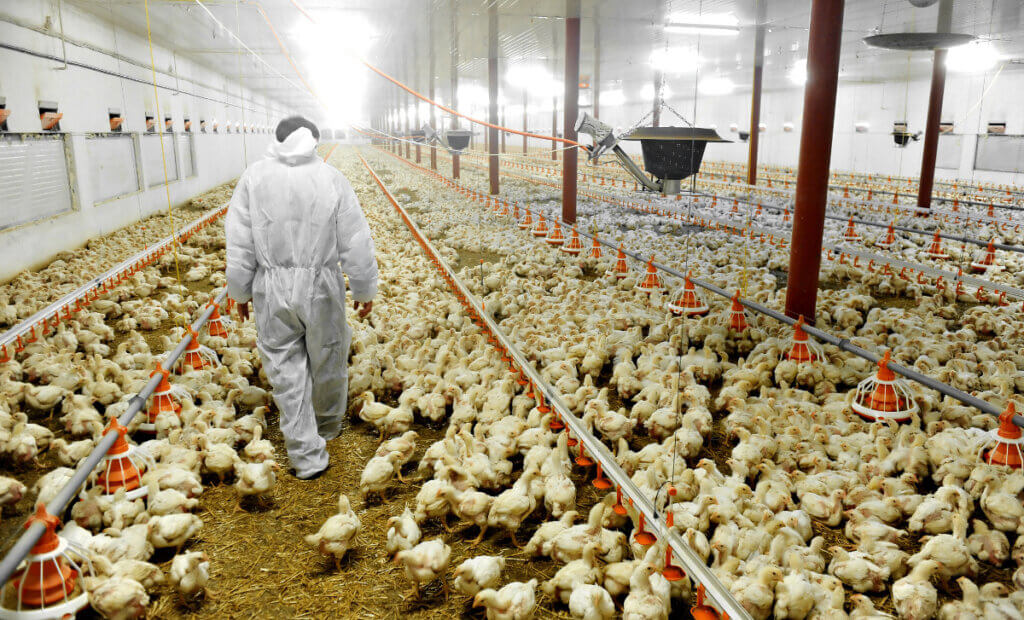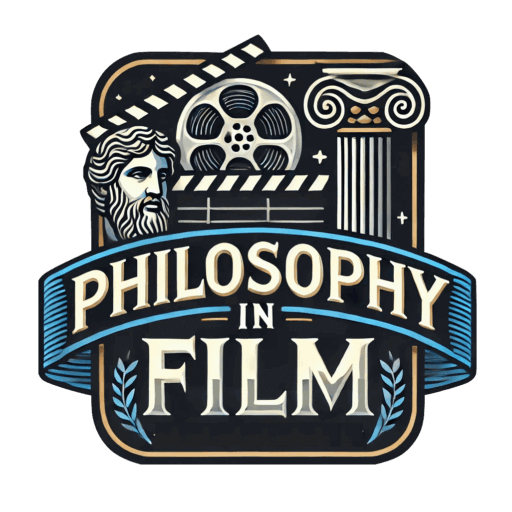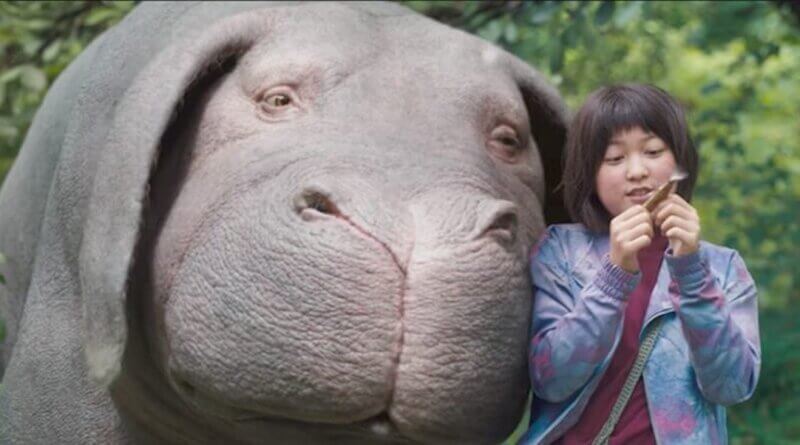The Case for Animal Rights: A Defense of Tom Regan
The animal rights movement has gained a much larger following since the advent of the Internet. American philosopher Tom Regan developed an animal rights theory, which he illustrates in his now-famous 1983 book, The Case for Animal Rights. He refers to this moral standard as the Rights View. In short, the Rights View seeks to reevaluate the widely-held view of animals as resources by identifying the common values that humans and animals share.
The conclusion that naturally follows from the Rights View is that animals should not be used for scientific research or commercial agriculture, nor should they be hunted for sport or commercial use. Regan justifies this view using the utilitarian ideal of universal equality of rights. However, due to pervasive discrimination against non-human animals in modern society, the application of the Rights View is somewhat problematic. The complete abolition of animals in scientific research could also potentially lead to a virtual halt in medical and technological progression, which would in turn greatly reduce the overall happiness (under utilitarianism) of future generations. Though the application of the Rights View may be difficult and could potentially lead to negative consequences, it provides a strong moral argument for the support of animal rights.
Tom Regan Animal Rights Theory
The Rights View has its foundation in the utilitarian principle that all beings capable of feeling pleasure and pain have equal rights. Regan takes this further by drawing the following similarities between humans and animals:
“We are each of us the experiencing subject of a life, a conscious creature having an individual welfare that has importance to us whatever our usefulness to others. We want and prefer things, believe and feel things, recall and expect things. And all these dimensions of our life, including our pleasure and pain, our enjoyment and suffering, our satisfaction and frustration, our continued existence or our untimely death—all make a difference to the quality of our life as lived, as experienced, by us as individuals.”
These basic similarities prove, according to Regan, that the current treatment of animals is completely unjustified. Even though painful experimentation and long, agonizing deaths are obviously terrible, it is our view of animals as resources that is the fundamental wrong. To treat animals “more humanely” for commercial use or improving conditions in the laboratory does not solve the fundamental issue that animals are being given less respect than humans. In order for action to take place — in both the political arena and more personal settings — people must change their view of non-human animals.
Regan first addresses the view that we have no duties to animals, only to other human beings. He uses the example of a man kicking his neighbor’s dog. The neighbor has done something wrong, but not to the dog, only to the owner of the dog. The neighbor was upset when the man kicked his dog and it is wrong to upset another human being. This view entails an “indirect duty” that we have to animals, only insofar as it affects our duties to the rest of humanity. Regan argues that this view cannot be justified. The dog obviously feels pain, and though the owner feels emotional pain about his dog being kicked, his pain does not have a higher value than the dog’s pain. Regan believes that, morally, we cannot dismiss the dog’s pain as irrelevant. Therefore, we have direct duties to both animals and humans.
Is Tom Regan a Utilitarian?

In short, yes. Regan’s entire world-view — at least regarding the relationship between humans and animals — revolves around utilitarianism set out by John Stuart Mill and further developed by later philosophers. To meet the requirement of direct duties to animals, Regan proposes the cruelty-kindness view and an adoption of a basic principle of utilitarianism. The cruelty-kindness view states that “we have a direct duty to be kind to animals and a direct duty not to be cruel to them.”
Regan admits that this view is not completely sufficient, because some kind acts could still be immoral, while avoiding what is cruel does not always guarantee moral action either. For example, if a man takes a woman to a nice restaurant and treats her well for an evening, all the while intending to take advantage of her later, his act would seem kind, but would not be morally right. Alternatively, if a patient at a hospital is in a lot of pain and has no apparent quality of life, the attending doctor might perform euthanasia in an attempt to avoid being cruel by forcing the patient to continue living in pain. However, the morality of the doctor’s action is questionable. These examples show that the cruelty-kindness view does not, by itself, account for a tenable moral theory, but its basic ideas must be included as part of the Rights View.
Regan also argues that the Rights View must include certain aspects of utilitarianism. Utilitarianism, in its most basic form, proposes that an action should be prefaced by asking “who will be affected…how much each individual will be affected, and where the best results are most likely to lie — which option, in other words, is most likely to bring about the best results, the best balance between satisfaction and frustration.”
Though this theory does provide part of the foundation for the Rights View, it arguably devalues both humans and animals as individuals. It reduces sentient beings into “happiness machines” that are only capable of producing and promoting happiness, rather than individual subjects with inherent value. Utilitarianism shifts the value from the individual to the “satisfaction of an individual’s interests.”
To Regan, this idea promotes immoral actions under the guise of promoting happiness. To use an extreme example, assume that the President of the United States has the choice to spend time with his family or address a problem in a distant country, where millions of innocent civilians are under threat of death from an evil dictator. The Vice President pleads with the president to address the foreign policy issue first, but the President wants to spend time with his family because his wife is dying and does not have long to live.
If the Vice President were to secretly pull the plug on the President’s wife, forcing the President to address the foreign policy issue, he could save millions of lives. However, he would also be murdering the wife of the President. According to utilitarianism, he took the right action, however most people regard murder as wrong, especially the murder of an innocent person. Despite these flaws in the utilitarian ideal, the basic concept of equality regardless of race, gender, ability, or species is vital to the Rights View.
Tom Regan on the Acquisition of Animal Meat
The Rights View itself is the best principle for promoting equal rights for all, including animals. Combining the ideals outlined above summarizes the Rights View as follows:
- We (animals and humans) are subjects of a life, with individual welfare, capable of feeling pleasure and pain.
- Proposition 1 ensures that all sentient beings deserve equal respect regardless of race, gender, ability, or species.
- Propositions 2 and 3 further ensure that individual rights should not be violated in pursuit of the greatest-happiness principle
- Therefore, the rights of animals should be upheld through “the abolition of the use of animals in science, the total dissolution of commercial animal agriculture, [and] the total elimination of commercial and sport hunting and trapping.”
The principle starts with the assumption that humans and animals share certain basic similarities and it is these similarities that provide justification for equality of rights for all. We know that a dog can feel pain, and if we assume that inflicting pain is wrong, then there is no reason to assume that inflicting pain on a dog is somehow justified if inflicting pain on a human is not. Regan breaks down the issue of animal rights and shows the obvious flaws in our current view of animals. The only way to ensure equal rights for animals is to adopt a view of animals as equal subjects of life.
It’s important to note that Regan objects not to meat eating itself but to the cruel practice of factory farming. One can see Regan’s views played out in the Bong Joon-Ho’s 2017 film, Okja. In the film, a large company develops “super pigs” to help feed the ever-growing human population. However, when a young girl befriends one of the animals, she fights to save her pet from the terrible system of factory farming. The film shows the horrors of factory farming and the resulting pain and suffering it causes. Thus, it is this cruelty with which Tom Regan takes issue. Regan would likely argue that a family in need of food is justified in killing and eating a deer, while a society is not justified in systematically breeding animals to be slaughtered for meat.
Objections to the Case for Animal Rights

Despite the strength of Regan’s argument, it does become problematic in application. First, the use of animals in commercial agriculture is prevalent in almost every society, and would therefore be extremely difficult to undo. This is not to say that it should not be changed, but it would certainly be challenging. However, a moral theory is useless unless it has some practical application, and the application of the Rights View not only requires a complete shift in the beliefs of billions of people, but also the proper legislation to enforce it.
This leads to the objection that perhaps the Rights View is too rigid for practical application, and that completely eliminating animal research, commercial animal agriculture, and commercial hunting and trapping is too strict. To this objection, I would return to Regan’s beginning argument. To look at animals as resources, or mere means, is to place them beneath humans on a scale of inherent value. As outlined Regan, humans share many fundamental characteristics with non-human animals, namely that all species are subjects of a life with the ability to feel pleasure and pain.
Some might argue that animals do not have the ability to be moral or use reason, and therefore should not have the same fundamental rights as humans. However, to use an example that Regan proposes, a mentally challenged person does not have the ability to reason in the strictest sense, and (depending on the severity of their disability) may not have the capacity to act morally. Would we advocate using pain-inducing experiments on the mentally challenged for this reason? No, nor should we treat animals, as subjects of life, in this way.
Another potential objection to the Rights View is the potential for medical research to slow significantly without the ability to use animals in laboratories. Most new medications require animal testing before they reach human trials. Without this first step, scientists would have a much harder time determining the effects of different drugs without potentially harming human beings. This would most certainly be a temporary setback to medical and other fields of research.
However, according to the premises of the Rights View, it is just as wrong to harm an animal as it is to harm a human. There is no logical way to give precedence to humans without committing speciesism. Also, to say that animal testing is the only way to discover the effects of different drugs is absurd. With the advancement of modern science, humans have an advanced knowledge of biology, chemistry, and genetics that was not available to scientists when animal testing began. There is always the opportunity to discover new forms of research that do no harm to anyone. Additionally, there is the possibility to conduct experiments on consenting humans, who, unlike animals, have the ability to weigh the pros and cons of being the subjects of research.
Conclusion
According to Tom Regan’s The Case for Animal Rights, also known as the Rights View, there is simply no justification for using animals in scientific research, commercial agriculture, or hunting for sport. As demonstrated in films like Okja (2017), non-human animals share many similarities with humans. Most importantly, all animals are sentient, with the ability to feel both pleasure and pain. If we wish to progress as a society, we would be wise to dismantle factory farming and implement legislation to give animals the same (or similar) rights as humans.
If you’d like to read more essays like The Case for Animal Rights: A Defense of Tom Regan, check out the Philosophy in Film Homepage!

